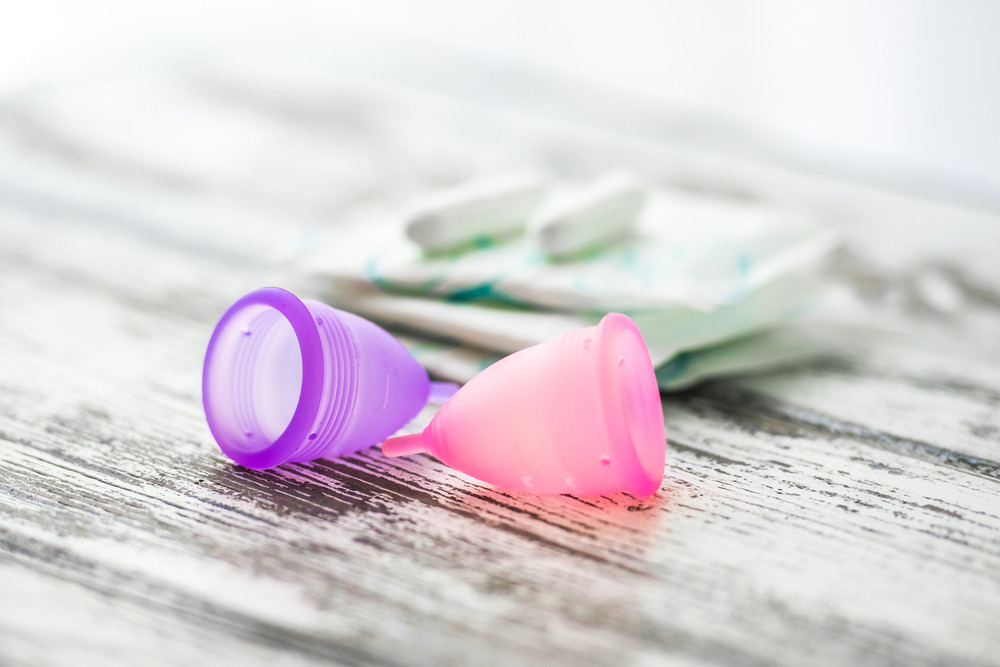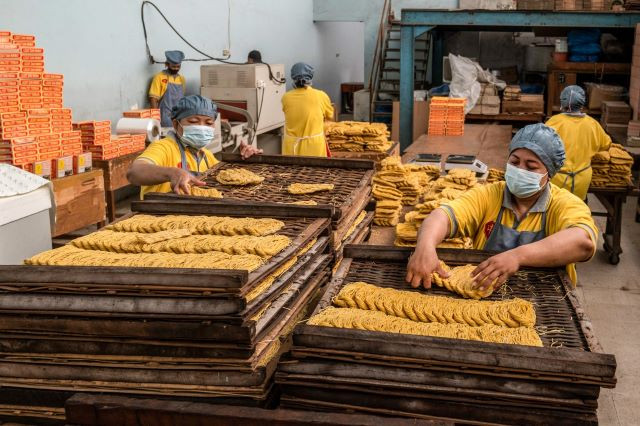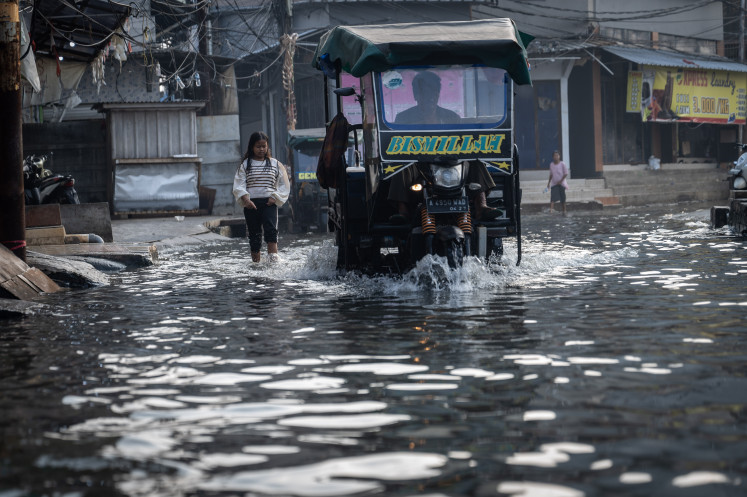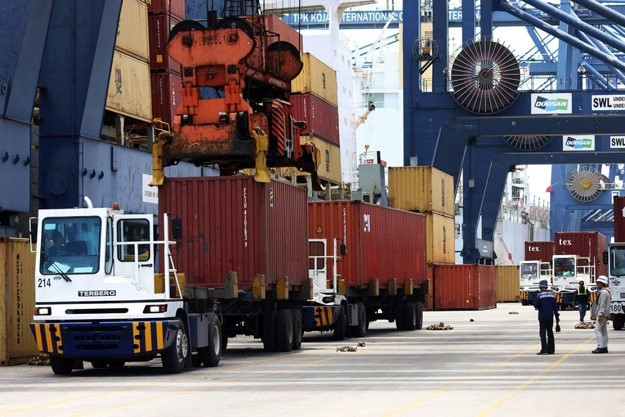Popular Reads
Top Results
Can't find what you're looking for?
View all search resultsPopular Reads
Top Results
Can't find what you're looking for?
View all search resultsNot all heroes wear capes: Environmental heroines use cups
The more I read about why women should switch to menstrual cups, the more horrified I become, not about wearing the cup but about the facts of why the switch is necessary.
Change text size
Gift Premium Articles
to Anyone
 Menstrual cups (Shutterstock/Yulia Grigoryeva)
Menstrual cups (Shutterstock/Yulia Grigoryeva)
A
s a closeted environmentalist-wannabe, the appeal to save the planet by reducing daily waste has always been strong for me. I’m not the activist kind who campaigns out loud, but I do want to be involved. It’s been a struggle to stay consistent, but I have tried my best to bring my own bags when shopping, my own water bottle or tumbler anywhere I go and buy cooked food using my own container whenever possible.
A new opportunity to save the planet arose last month when a fellow journo at The Jakarta Post, Agnes Anya, asked me if I’d be interested in buying a menstrual cup. She was on assignment in Finland and said it’s cheaper to buy there than ordering from local e-commerce, so I agreed. I figured if I want to try this, I might as well go for American- or European-made cups, which are more expensive but have legit claims to be safer.
While waiting for my order to be delivered, I immediately did thorough (if not excessive) research on this medical-grade silicon-made item, the sole purpose of which is to gather menstrual blood, but it can be reused for up to 10 years. A nifty alternative from my regular use of sanitary pads, I thought.
My research started off fun, but the more I read about why women should switch to menstrual cups, the more horrified I became, not about wearing the cup but about the facts of why the switch is necessary. From a total population of 132.89 million women in Indonesia in 2019 as reported by the National Development Planning Ministry, more than 68 percent, about 89.7 million, are in their productive age. If a woman uses two sanitary pads a day in a five-day period, averaging 10 pads per woman, that’s already 897 million sanitary pads discarded as waste per month.
That’s only in Indonesia, not the whole world.
Here’s the thing about sanitary pad waste: It’s not biodegradable. The plastic in each packaging, the magic jelly layer and microbeads have long been a problem, contributing to waste and pollution. The industry and waste management companies are still struggling to manage sanitary pad waste. So I figured I might as well try to eliminate the use of sanitary pads in my remaining period years, which if I’m blessed with healthy reproductive organs, will be about 10 more years.
My mind was set; there was no turning back. I will be a menstrual cup user.
Read also: Menstrual cups safe, practical and cheap: Study
The menstrual cup I ordered was in size A, which is suggested for women who has never given birth vaginally, but I failed to read the rest of the disclaimer in that it’s also mainly suggested for women under 30 years old. Later I found out that it doesn’t really matter if you've had a vaginal birth or not; once you’ve gone through pregnancy, you just have to choose the biggest size as your body has changed significantly.
What about the women who have never had sex? Can they use menstrual cups?
I personally think this device is made for those who think of virginity as a social construct. If you value your hymen as a symbol of your virginity, this may not be for you because the requirement for a menstrual cup to work is to insert it deep inside the vagina. But no worries, to value the hymen and still go eco-friendly, there is another option of washable pads or menstrual underwear.
A menstrual cup often comes in two or three sizes. SIze A or small typically is 3.81 centimeters in diameter and 4.3 centimeters in length. Size B or large typically is 5.2 centimeters in diameter and 4.3 centimeters in length. Sizes and models vary, depending on the brand.
When my menstrual cup package arrived, I was excited to try it on. After watching endless YouTube videos, I felt confident because it seemed easy. I was not intimidated at all, as I have previously used tampons for a short period of my life. How hard could it be?
It took several attempts and folds until I decided I was comfortable with the ‘punch-down’ fold to insert the cup. To answer the most common question of "Can you feel it down there?": If you insert it right, you’re not supposed to feel anything except for maybe the need to urinate more often as the cup presses against your bladder on the first days. Some people don’t even experience this at all.
To answer the second most-asked question of "How do you know if the cup is full?": There is a certain feeling, although as I care too much about hygiene and to avoid grossing myself out, I made a mental note to check every two hours in the first days. But of course, I forgot to do so, hence the first two days of use was rather difficult, for I still didn’t know how much of my flow the cup can accommodate.
Many menstrual cup advocates say, “The flow you see in your pads is nothing when you see it in the cup. So relax, no flow is that heavy.” Balderdash! In my case, I should have trusted my instincts and emptied the cup more often as planned or get a bigger cup. Day one and two were resemblances of a murder scene in every cup-emptying session. Leakage happened, but not fatal, just enough to make me contemplate whether I should continue.
But did I give up?
I decided to stick with what I meant to do, with a little help of several panty liners - just in case. A part of me judged my decision to still use non-biodegradable products to save me from possible embarrassing situations, but another part of me said quietly to my judgmental self: “Consider this as a set of training wheels. Next month will be better.”
I did more research on menstrual cup sizes and found out that several menstrual cup advocates have multiple cups from more than one brand, in various colors. Some even say, “You can try different brands and sizes and see which one works for you.” Wait, isn’t this defeating the purpose of only having one cup for 10 years? Another issue has arisen in the menstrual cup activist community and it is called “consumerism”, but let’s discuss this some other time.
In the name of still wanting to contribute to the planet’s future, I have decided to get the large menstrual cup to anticipate next month’s period and pair it with good-quality period underwear that is washable and environmentally friendly to anticipate possible leakage. It still gives me a weird sense of satisfaction whenever I think that I’m actually a part of a movement that suits the closeted environmentalist-wannabe in me so well, the one where I know I contribute on a monthly basis, albeit silently.









